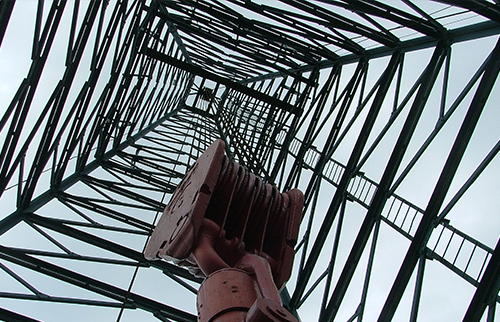Buy and assign to
multiple learners
Instant access
via email link
Instant certificate
via email
Further Information - Oil & Gas Extraction Training
Description
Who is the course for?
This Oil & Gas Extraction Training course is aimed at all personnel who work in the oil & gas industry and are involved with oil and gas extraction.
Is previous experience required?
No previous experience is required to complete this course.
How will the course benefit me?
This course aims to provide all relevant personnel with the knowledge required to understand oil and gas extraction.
How will the course benefit my company?
The course will benefit companies by ensuring that all relevant personnel have an understanding of oil and gas extraction.
What standards are referenced in the course?
• The American Petroleum Institute (API)
Is there an assessment?
Once you have completed each section of the course, you will be asked a series of questions to check your knowledge and understanding. These are based on the learning objectives for the section and have a pass mark of 80%.
Learning Objectives
Section 1: Introduction to Oil and Gas
• Describe the formation of oil and gas
• Identify the principal types of geological features that contain oil and gas
• Explain how oil and gas migrates through rock
• Explain how oil and gas becomes trapped
• Identify the different types of traps
• Describe the different types of traps
Section 2: Principles and Methods of Oil and Gas Exploration
• Explain the purpose of oil and gas exploration
• Identify the principal methods of exploration
• Describe the principal methods of exploration
• Identify the advantages and disadvantages of the different methods of exploration
• Describe the main environmental issues that arise when exploring for oil and gas
Section 3: Drilling
• Identify the different types of drilling rigs
• Describe the different types of drilling rigs
• Identify the main components of a drilling rig
• Describe the main components of a drilling rig
• Explain how the drilling process works
• Identify the principal types of drilling
• Describe the principal types of drilling
• Explain the benefits, constraints and limitations of the different drilling techniques
• Identify the people who are most active in the drilling operation process
• Identify some recent drilling techniques
Section 4: Well Completion
• Identify the steps that must be taken to complete a well
• Identify the different types of well casing
• Identify the different types of completions
• Explain how perforations are created in wells
• Identify the different well completion activities that must be considered
• Identify the factors that affect well completion design
• Describe the factors that affect well completion design
Section 5: Wellheads and Christmas Trees
• Explain the purpose of a wellhead
• Identify the main components of a wellhead
• Describe the main components of a wellhead
• Explain the functions of a Christmas tree
• Explain the operation of a Christmas tree
• Describe a subsea wellhead
• Explain the operation of a subsea Christmas tree
Section 6: Artificial Lift
• Identify the three main types of artificial lifts
• Describe a gas lift system
• Identify the advantages and disadvantages of gas lift
• Describe electric submersible pumps
• Identify the advantages and disadvantages of electric submersible pumps
• Describe the beam pumping system
• Identify the advantages and disadvantages of beam pumps
Section 7: Stimulation Methods and Enhanced Oil Recovery
• Define well stimulation
• Identify the different well stimulation methods
• Describe the different well stimulation methods
• Define enhanced oil recovery
• Identify the different EOR techniques
• Explain the operation of the different EOR techniques
• Explain the operational and commercial considerations of each of the EOR techniques
Section 8: Unconventional Oil and Gas Recovery
• Define unconventional oil and gas recovery
• Identify the various unconventional methods of recovery
• Explain the advantages and disadvantages of the various methods of recovery
Assessment
Once you have completed each section of the course, you will be asked a series of questions to check your knowledge and understanding. These are based on the learning objectives for the section and have a pass mark of 80%.
System Requirements
• Internet Access - Users will need a computer or device with a web browser and an internet connection.
• System - Runs on desktop computers and tablets. Microsoft Windows 7, 8 and 10 and MAC OS. Apple Tablets running IOS 11.
• Browser - Runs on Edge, Chrome, Firefox and Safari, no plug-ins required
• Minimum browser size - 1024x672
• Audio – Requires speaker or headphones.
• Notes - Not suitable for smartphones
Reviews
Insights & News
At Mintra, we're so much more than just a team—we're a force driving innovation and excellence in maritime training across Europe.
We’re excited to be taking the stage at one of Europe’s leading showcases of organisational learning.
We are delighted to share the exciting news that our People and Culture team has been shortlisted for the prestigious cHeRries Awards!
